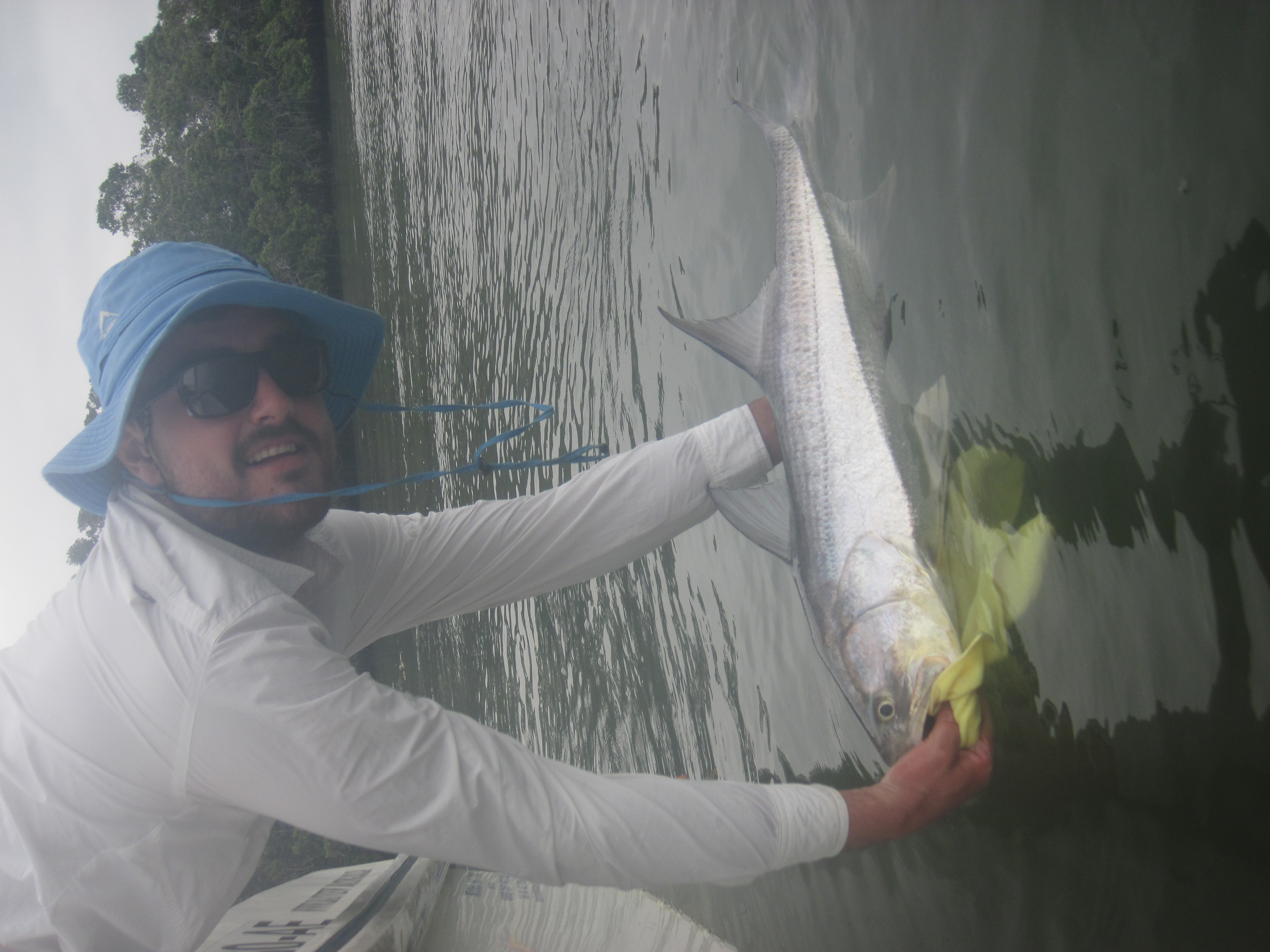Investigating recent fish kills in Eastern Cape estuaries: Several species reach tipping points
- Dr. Ed Butler

- Aug 20, 2021
- 3 min read

Prolonged drought has gripped the Eastern Cape province of the country for the past several years, resulting in low freshwater input into a number of local estuaries. As a result, many temporarily open/closed estuaries (estuarine systems which are periodically separated from the ocean by sand spits) have not broken for several years. Low freshwater input and consistent evaporation has resulted in exceedingly high salinities (salt content), which has in turn led to the periodic death of numerous fishes.

Along the sunshine coast, in close proximity to Port Alfred, numerous fish kills have recently been reported from several estuaries. Most recently, large quantities of dead fish were reported from the Birha Estuary towards the end of July, prompting members of the SAFER lab to investigate…

Upon arriving at the estuary, numerous fishes were apparent, dead and floating in the off-coloured water. In other instances, fish had been dragged away further up the bank, likely by birds or animals. Human opportunism was also obvious, evidenced by fish heads and carcasses abandoned neatly in a pile. Many fishes appeared to have died many days before, and were at varying stages of decomposition. Interestingly, others seemed to have died more recently, suggesting that the kills were still ongoing.

Chiefly among those to perish were spotted grunter and dusky kob, numbering well into the thousands cumulatively. Extensive sampling of the West bank revealed other deaths as well. Species recorded in the kills included catface rockcod, large Natal stumpnose, bartailed flathead, leervis and even a single white musselcracker. On the other hand, and quite interestingly, certain fish species were glaringly absent from the kills, including Cape stumpnose, a number of mullet species as well as the somewhat bulletproof Mozambique tilapia. Some healthy fishes (likely mullet and Cape stumpnose) were noticeable moving in the shallows.
Water quality readings provided expected results. Salinity was remarkably high, exceeding twice that of the ocean. Readings from other nearby estuaries suggested similar situations, with the Mgwalana, Mpekweni and Kasouga estuaries also exhibiting alarmingly high concentrations.

From existing research (largely owed to Professor Alan Whitfield), we know that fishes which inhabit estuaries are, unsurprisingly, well adapted to dealing with changing environments. This is because the environmental conditions in estuaries are, by nature, highly variable, and fishes living in them need to be able to adapt in order to cope. However, even these highly adaptable animals have their limits.

Fishes naturally need to ‘osmoregulate’. This is the process whereby they maintain salts and fluids within certain levels inside their bodies. Under freshwater conditions, fishes need to uptake salts and excrete excess water to maintain homeostasis (the stable conditions needed for survival). Under hypersaline conditions, the opposite holds true, and fishes need to get rid of salts and retain water. Fishes are able to do this using organs such as their kidneys and gills. However, this process has obvious costs for the animal in terms of its metabolism.

Months of extremely hypersaline conditions have likely left fishes in many Eastern Cape estuaries in a state of ‘osmoregulatory distress’. As salt concentrations have increased, so too has the metabolic cost of osmoregulation. On top of this, many natural food sources, including invertebrate prey, have likely died out, compounding the issue further. Weakened by prolonged salt tolerance and relative lack of food, the onset of other stressors, including cold weather snaps, are now likely enough to kill populations.

The lab is now endeavouring to further understand the drivers behind these kill events and further assess how and why they seem to affect different individual fish and species differently.






























Comments